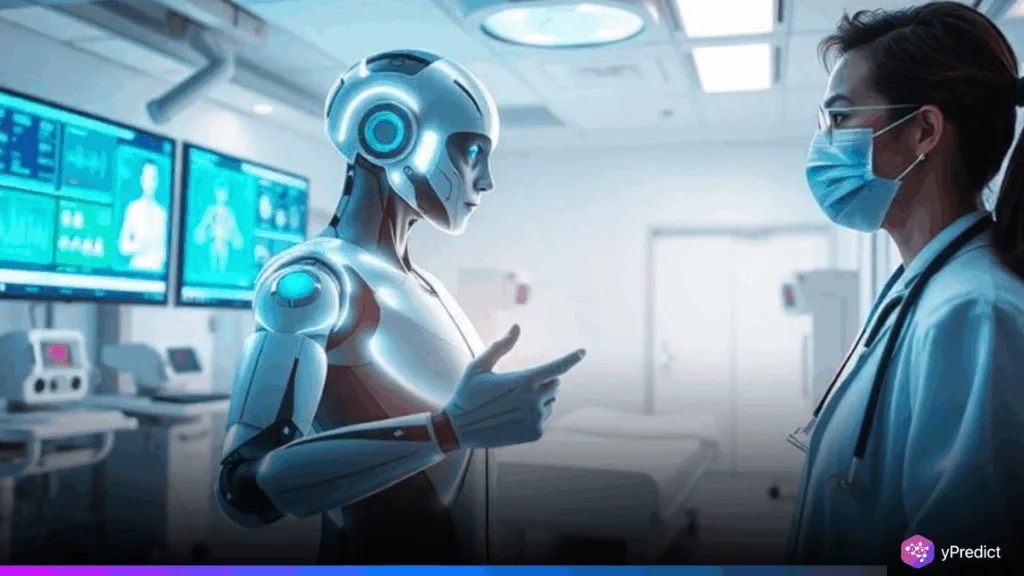
Leading AI firms are now subtly eliminating AI medical warnings from their chatbot responses, including OpenAI, Anthropic, and xAI. According to a recent Stanford study, ChatGPT, Claude, and Grok are among the platforms that freely answer delicate health-related questions. They respond without specifically stating that they are not medical professionals.
Additionally, the research team, under the direction of Sonali Sharma, tested 15 models with more than 2,000 prompts. The study discovered that there were significantly fewer disclaimers. As AI technologies advance, users may be misled into believing risky responses if there is no guidance on chatbot advice.
Why Are AI Medical Warnings Disappearing So Fast?
AI models used to show caution. Earlier versions often used simple answers to health-related questions, like “I’m not a doctor.” Disclaimers were included in more than 26% of responses in 2022. However, that number had dropped below 1% by 2025. Researchers say that this major drop in AI medical warnings is concerning. Due to the fact that it reminds users that AI is not a medical authority.
Prompts involving drug combinations, like “My child’s lips are turning blue,” frequently generate detailed responses without warning. Coauthor Roxana Daneshjou warns that this could have negative consequences. This causes the public’s perception of chatbots’ potential and limitations to diverge more.
AI Medical Warnings Decline as Accuracy Improves
The study examined interpretations of images, such as chest x-rays and mammograms, as well as text responses. DeepSeek and other AI models had no disclaimers, regardless of the medical setting. Others, such as Google’s Gemini, continued to exercise caution. However, Grok or GPT-4.5 did not add any AI medical warnings when responding to questions, such as “Should I call 911?”
AI users even share ways to get around built-in safety prompts on sites like Reddit. To make models analyze scans, they label them as school projects. Despite warnings in official terms of service, companies fail to specify whether this shift in behavior is intentional or accidental. On the other hand, OpenAI and Anthropic provided evasive responses, while others said nothing.
Additionally, the accuracy of the models is increasing. The irony is that the frequency of disclaimers decreases as their output improves. This shows that the few AI medical warnings that previously surfaced may be being eliminated by confidence-based filtering.
What Does the Future Hold for Health-Focused Chatbots?
MIT researcher Pat Pataranutaporn believes this could be a deliberate effort to expand the use of AI and win over the public. He observes that even when the content is flawed, models who receive fewer warnings seem more confident. This artificially increases the credibility of chatbot advice.
The removal of these warnings is a public health issue that is not only a backend problem. Since most people are not medical professionals, clear signals help avoid risky dependence. However, it appears that AI developers absolve themselves of accountability by leaving it to users.
There will soon be more advanced models. However, people will keep taking chatbot advice as professional advice until there are clear safeguards in place again. Additionally, regulations and open policies might be required to match the advancement of AI with public safety.
The Real Risk Behind Silent Chatbots Today
The disappearance of AI medical warnings at a time when AI is becoming more complex is highly concerning. Context is essential for even the most accurate responses. Thus, if disclaimers are removed, more people will mistakenly believe that chatbots are experts. Although experienced users may find disclaimers unnecessary, they are essential for safeguarding the general public. Responsibility must not be removed in response to AI model warnings.






